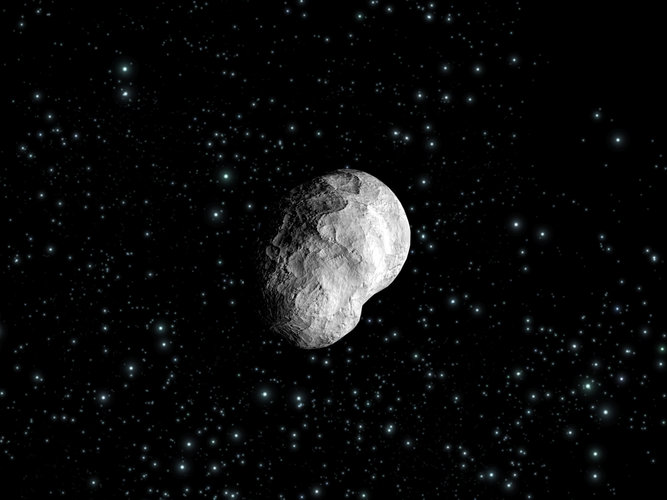NASA's retired SOFIA aircraft finds new home at Arizona Museum
Sunday, 11 December 2022 11:52 NASA's now-retired Stratospheric Observatory for Infrared Astronomy (SOFIA) aircraft will find a permanent home in the Pima Air and Space Museum in Tucson, Arizona. The airplane is expected to make its final flight from NASA's Armstrong Flight Research Center in Palmdale, California, to Tucson on Tuesday, Dec. 13.
"The SOFIA mission has a powerful potential to inspire, from its discoveries
NASA's now-retired Stratospheric Observatory for Infrared Astronomy (SOFIA) aircraft will find a permanent home in the Pima Air and Space Museum in Tucson, Arizona. The airplane is expected to make its final flight from NASA's Armstrong Flight Research Center in Palmdale, California, to Tucson on Tuesday, Dec. 13.
"The SOFIA mission has a powerful potential to inspire, from its discoveries Japanese company's lander rockets toward moon with UAE rover
Sunday, 11 December 2022 10:26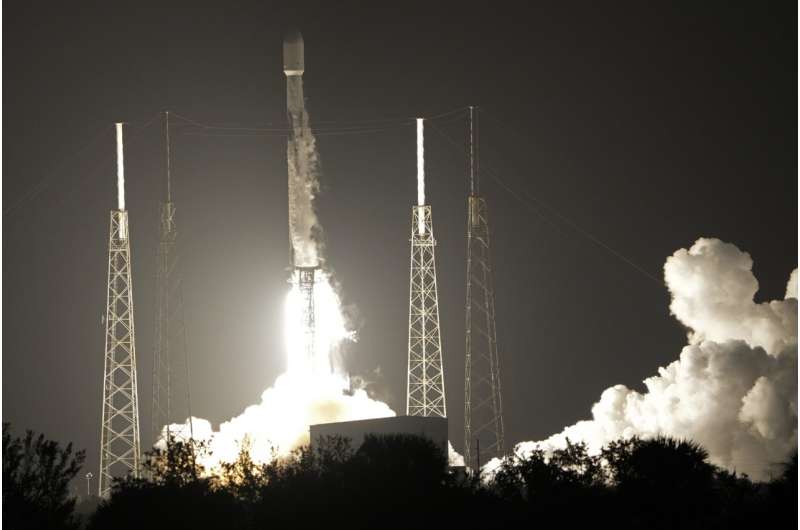
A Tokyo company aimed for the moon with its own private lander Sunday, blasting off atop a SpaceX rocket with the United Arab Emirates' first lunar rover and a toylike robot from Japan that's designed to roll around up there in the gray dust.
It will take nearly five months for the lander and its experiments to reach the moon.
Falcon 9 launches ispace lander and NASA cubesat to the moon
Sunday, 11 December 2022 08:45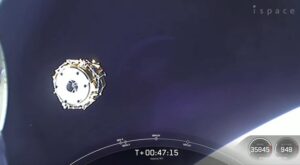
A new era of commercial lunar missions started Dec. 11 with the Falcon 9 launch of a Japanese lander mission that also carried a NASA cubesat.
The post Falcon 9 launches ispace lander and NASA cubesat to the moon appeared first on SpaceNews.
Europe celebrates performance of Orion service module
Saturday, 10 December 2022 14:38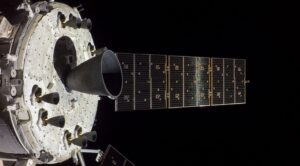
As the Artemis 1 mission nears its conclusion, European Space Agency and industry officials praised the performance of the Orion spacecraft’s service module, which some see as a step towards a European crewed spacecraft.
Antenna maker Anywaves plots aggressive US expansion
Friday, 09 December 2022 21:50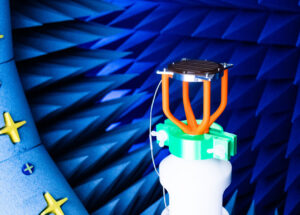
French satellite antenna maker Anywaves said Dec. 8 it has raised around $3 million to help capture more business from U.S. customers.
The post Antenna maker Anywaves plots aggressive US expansion appeared first on SpaceNews.
House committee leaders introduce bipartisan bills to update satellite rules
Friday, 09 December 2022 18:44
The top Democrat and Republican on the House Energy and Commerce Committee introduced bipartisan legislation Dec. 8 to reform the Federal Communication Commission’s satellite licensing rules.
The post House committee leaders introduce bipartisan bills to update satellite rules appeared first on SpaceNews.
Space Development Agency’s first launch slips to March due to satellite glitch
Friday, 09 December 2022 17:55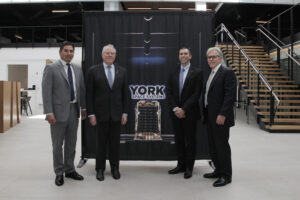
The first launch of the Space Development Agency’s constellation planned for mid-December will slip to March 2023 due to an anomaly detected in York Space’s satellites.
The post Space Development Agency’s first launch slips to March due to satellite glitch appeared first on SpaceNews.
NASA spacecraft will soon enter Earth's atmosphere at nearly 25,000 mph. What will happen next?
Friday, 09 December 2022 17:28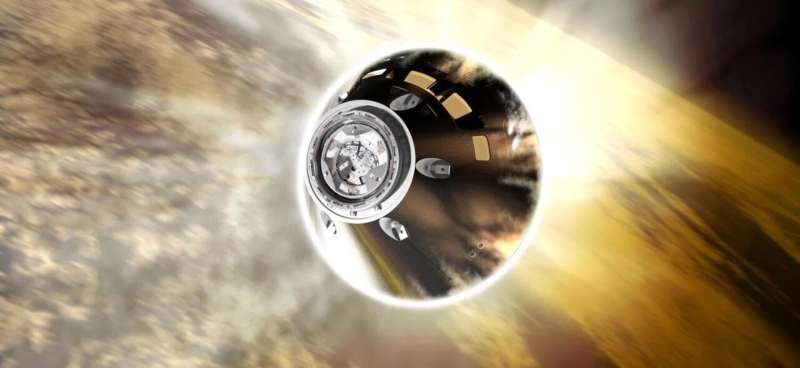
Sunday at around 10:40 a.m. MT, NASA's Orion spacecraft will splash down in the Pacific Ocean after its several week-long journey to the moon and back. Space buffs can tune into NASA's livestream to witness some extreme physics—what will be the last leg of the historic Artemis 1 mission, which launched from Florida Nov. 15.
The numbers are mind-boggling: The Orion capsule will hit Earth's atmosphere flying at speeds of almost 25,000 mph (or about 11 kilometers per second) and experience temperatures nearing 5,000 degrees Fahrenheit in the process.
Iain Boyd is a professor in the Ann and H.J. Smead Department of Aerospace Engineering Sciences who has spent his career studying hypersonics, or vehicles that travel far faster than the speed of sound. He also leads a $15 million NASA institute called the Advanced Computational Center for Entry System Simulation (ACCESS). This effort investigates new ways to protect spacecraft as they undergo the extremes of entering atmospheres on Earth, Mars and beyond.
Looking back from beyond the moon: How views from space have changed the way we see Earth
Friday, 09 December 2022 15:30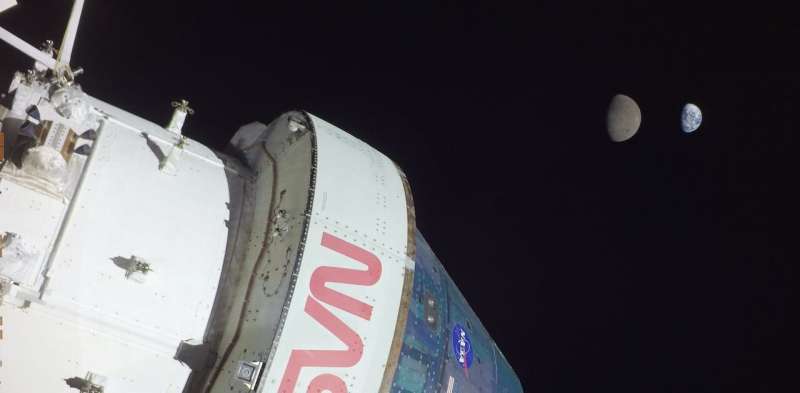
A photograph taken by NASA's Orion spacecraft has given us a new perspective on our home planet.
The snap was taken during the Artemis I mission, which sent an uncrewed vehicle on a journey around the Moon and back in preparation for astronauts' planned lunar return in 2025.
We get pictures of Earth every day from satellites and the International Space Station. But there's something different about seeing ourselves from the other side of the Moon.
How does this image compare to other iconic views of Earth from the outside?
Earthrise
In December 1968, three astronauts were orbiting the Moon to test systems in preparation for the Apollo 11 landing. When they saw Earth rise over the lunar horizon, they knew this was something special. The crew scrambled to find color film in time to capture it.
Photographer Galen Rowell called the resulting image "the most influential environmental photograph ever taken.
Japanese billionaire selects crew for circumlunar Starship flight
Friday, 09 December 2022 12:06
A Japanese billionaire has selected an eclectic group of people who will accompany him on a SpaceX Starship flight around the moon, although it remains uncertain when that mission will take place.
The post Japanese billionaire selects crew for circumlunar Starship flight appeared first on SpaceNews.
Artemis I landing spot abandoned over weather; mission remains on schedule
Friday, 09 December 2022 11:54 Unsuitable weather is forcing NASA to abandon its primary landing site for the Orion spacecraft, although the mission otherwise remains on schedule, officials confirmed at a Thursday afternoon briefing.
"At present, we are on track to have a fully successful mission with some bonus objectives that we've achieved upon the way," Artemis I Mission Manager Mike Sarafin told reporters from J
Unsuitable weather is forcing NASA to abandon its primary landing site for the Orion spacecraft, although the mission otherwise remains on schedule, officials confirmed at a Thursday afternoon briefing.
"At present, we are on track to have a fully successful mission with some bonus objectives that we've achieved upon the way," Artemis I Mission Manager Mike Sarafin told reporters from J Japanese billionaire Maezawa announces crew of artists for lunar voyage
Friday, 09 December 2022 11:54 Japanese billionaire Yusaku Maezawa announced Thursday eight crew members who will join him for a journey around the Moon planned for 2023 on a SpaceX rocket that is still under development.
The mission, known as dearMoon, was first announced in 2018. Maezawa initially said he would invite a crew of six-to-eight artists, but later changed the entry requirements to a competition which applica
Japanese billionaire Yusaku Maezawa announced Thursday eight crew members who will join him for a journey around the Moon planned for 2023 on a SpaceX rocket that is still under development.
The mission, known as dearMoon, was first announced in 2018. Maezawa initially said he would invite a crew of six-to-eight artists, but later changed the entry requirements to a competition which applica These freeze-drying algae can awaken from cryostasis, could help spaceflights go farther
Friday, 09 December 2022 11:54 Antarctica's McMurdo Dry Valleys contain some of Earth's coldest and driest deserts. The environment there is so extreme that the Dry Valleys have been used as Mars analogs to test prototype equipment for future Mars exploration. To survive these harsh conditions, layers of algae and bacteria in the Dry Valleys overwinter in a freeze-dried state, coming back to life in the summer when neighborin
Antarctica's McMurdo Dry Valleys contain some of Earth's coldest and driest deserts. The environment there is so extreme that the Dry Valleys have been used as Mars analogs to test prototype equipment for future Mars exploration. To survive these harsh conditions, layers of algae and bacteria in the Dry Valleys overwinter in a freeze-dried state, coming back to life in the summer when neighborin 

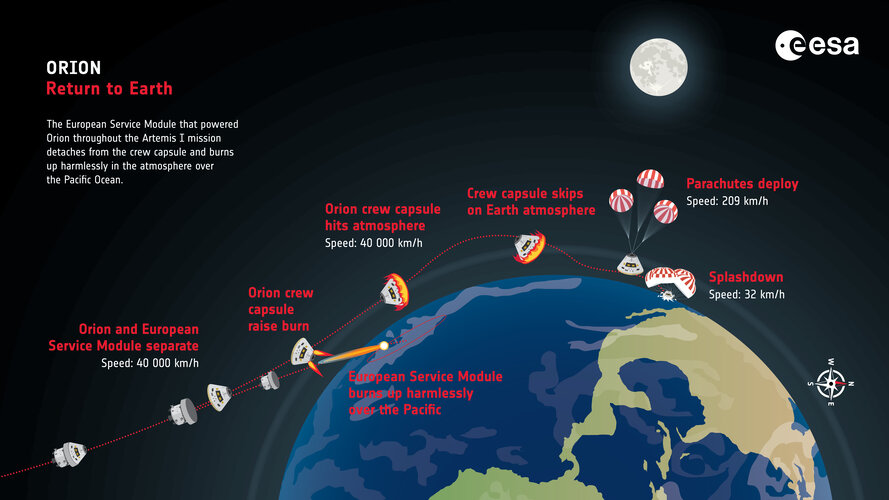 Image:
Orion splashdown
Image:
Orion splashdown 